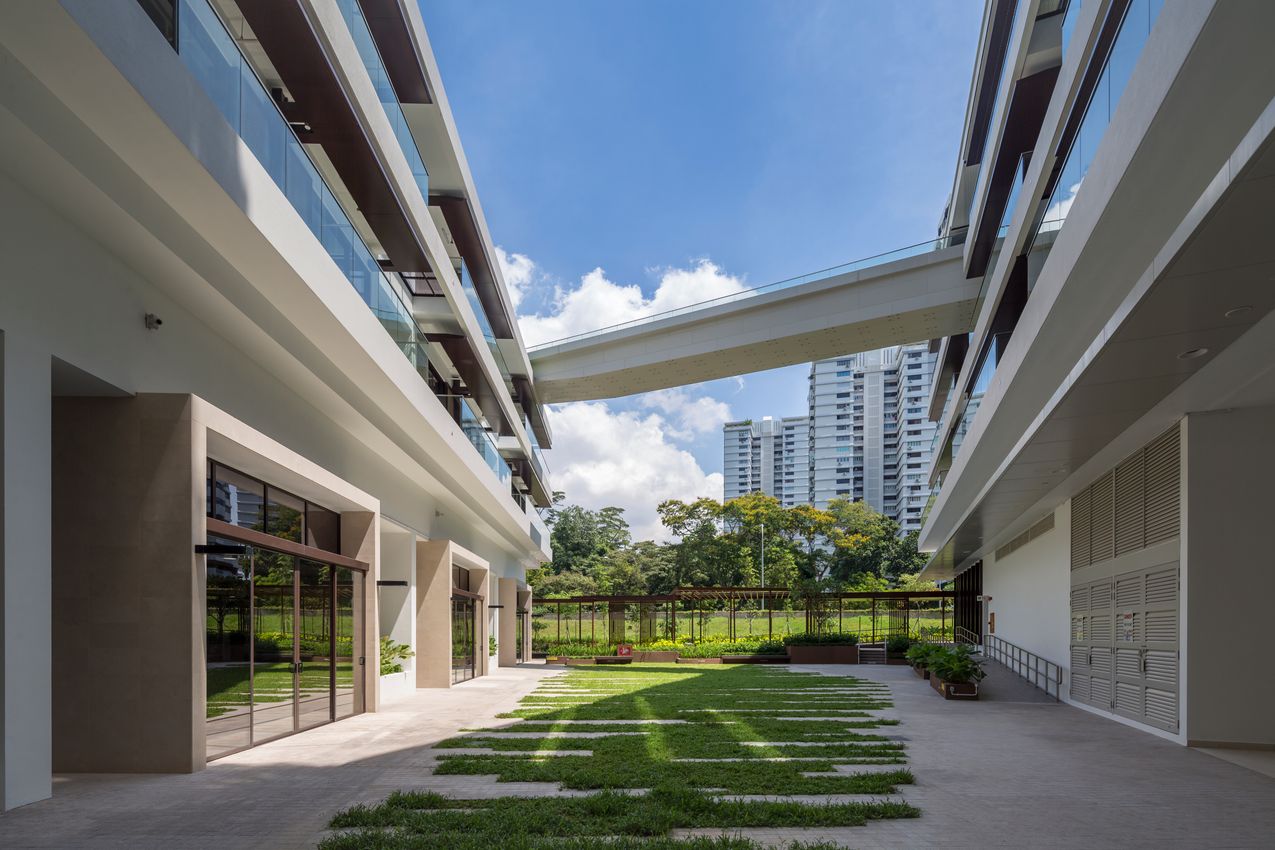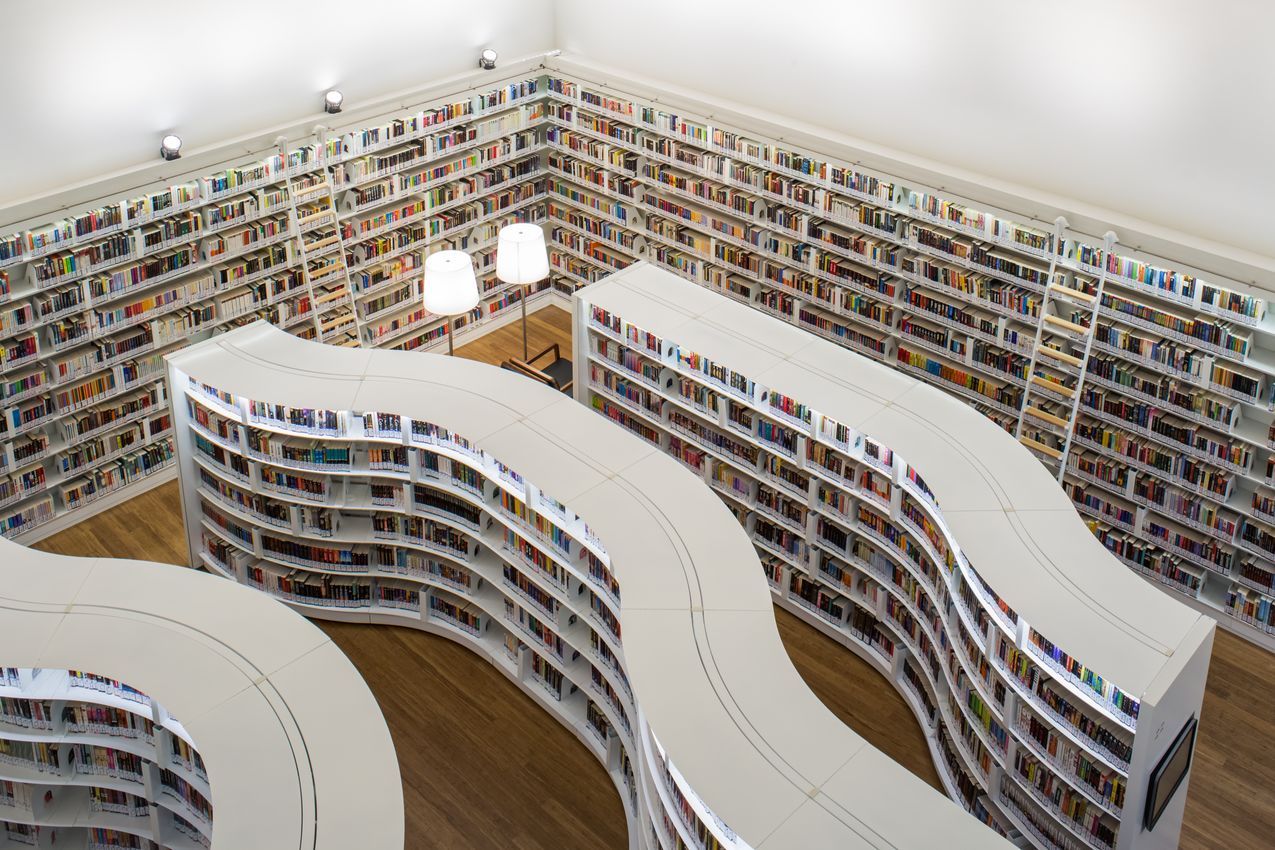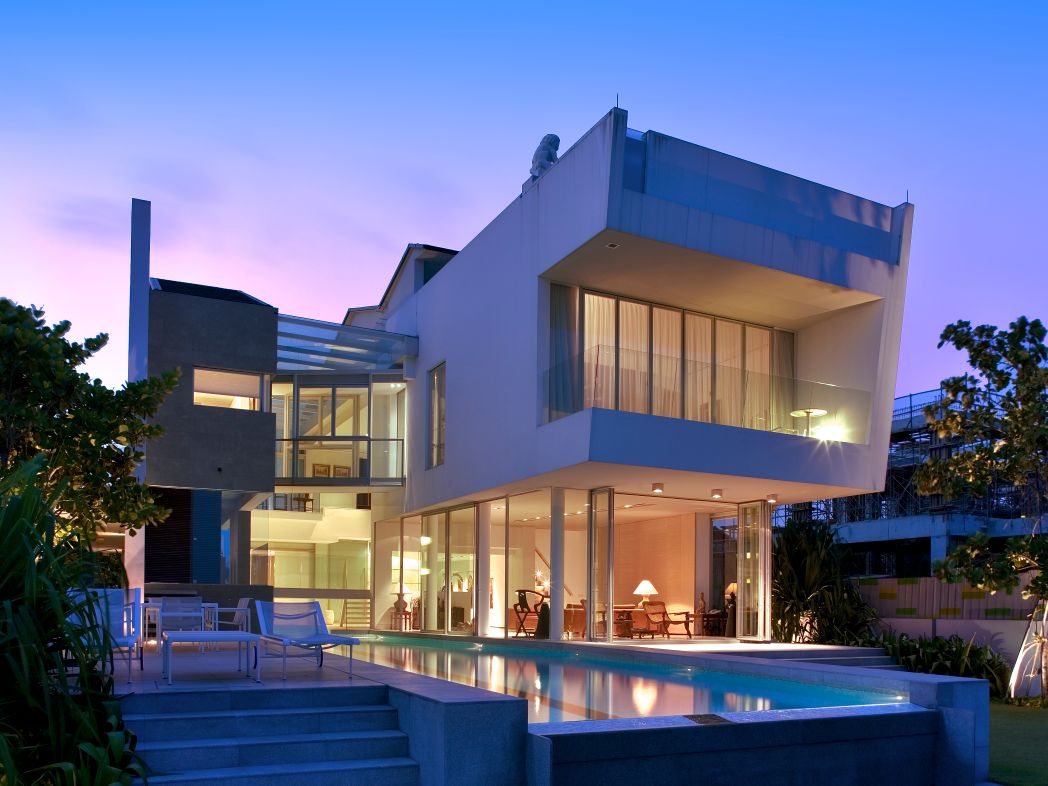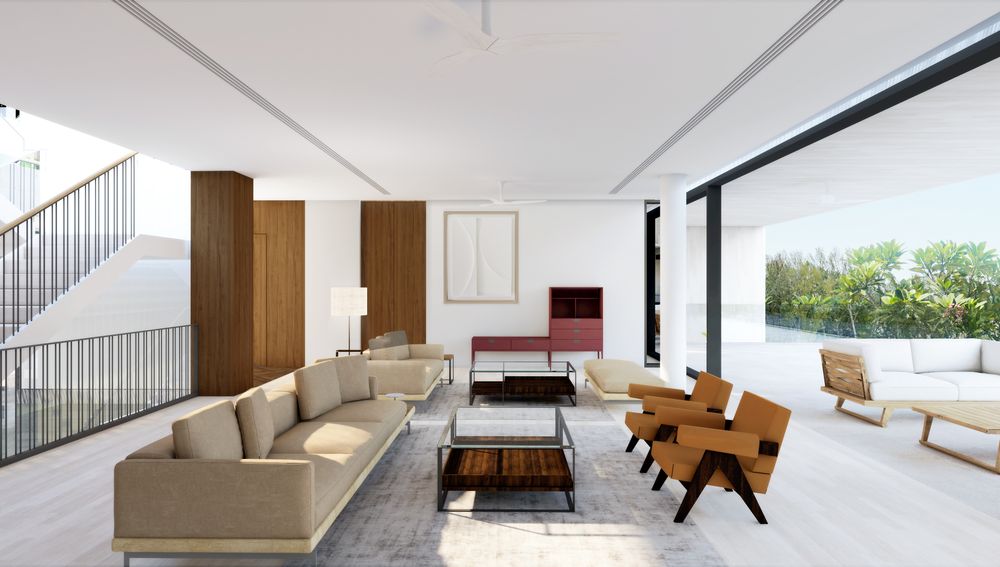As a teenager, Kevin Sim’s parents had architect friends who discussed their works when visiting the family. This seeded in him an interest in the profession. The founder and Managing Director of New Space Architects would go on to receive architecture degrees from Sheffield University in England and Harvard University in America.
After graduation, he worked in many countries and cities – England, Hong Kong, New York, Singapore, and China mainly – giving him abundant insight into the macro and micro aspects of the profession in 2003 when he set up his own firm. These range from the urban design of townships to the design of lighting sconces and handrails in the Dallas concert hall. “A major influence that carries through till today is the craft of detailing [gleaned] in the four years I spent at I.M. Pei’s office in New York,” says Sim about the American iconoclast.
He spent many formative years working for Nikken Sekkei Partnership in China in the early 90s when the country was opening up. “It was an exciting time and culminated in my being the Partner-in-Charge for Nikken Sekkei International of the Xintiandi project in Shanghai from 1998 to 2003 for Shui On Properties,” shares Sim. The architect has a wealth of experience working in the vast country on hospitality, commercial, and residential projects. In each, he finds ways to create innovative architecture with the end-user in mind. For instance, in a resort township in Guangdong, his team proposed a high site coverage to create single-storey villas that would not compete with the surrounding mountains.
(Related: Hunkered-down resort)
One of New Space Architects’ first commissions was also in China – a residential enclave in Beijing for CapitaLand. To help residents differentiate their own home from 200 units, he varied the window, balcony, and color details of each apartment slightly. “Working in China has the advantage of scale and develops architects to be very facile in their abilities. Over the decades, the architectural landscape has changed massively. The Chinese architects have become very good so one has to be at the top of one’s game to be able to get commissions there now,” Sim lets on.
Back home, one of his better-known projects is the Library@Orchard, where sinewy bookshelves thread their way through the space in a departure from conventional linear layouts. “The [concept] replicates the streets and squares of the city as observed by the flaneur, a space where people meet and observe one another,” says Sim. Special soundproofing ceiling panels enhance sound absorption and bamboo flooring in place of carpets weather the heavy traffic.
Sim has also designed several houses that showcase his ideas in a more intimate scale. Harnessing the best qualities of a site is one of his strengths. A house at Sentosa Cove is divided into two wings, delineated by a central pool that leads the eye toward the panorama of the boundless sea. Cross ventilation through this channel makes it a tropically attuned abode. “In our projects, we try to incorporate a sense of place by visual, tactile, and audio cues. For instance, the use of certain materials can give a sense of being rooted in the tropics. Having said that, we don't believe that place is necessarily tied excessively to nostalgia,” he comments. Sim illustrates his point with the Assisi Hospice that uses materials like wood and pastel colours to create a less intrusive backdrop for patients to personalise the space with their own memorabilia.
In another house that he is designing in the Holland area, a courtyard in the first level continues an approach that prioritizes natural ventilation whenever possible. The house is furnished with furniture from Space Furniture and fitted with Poliform cabinetry in the kitchen and bedrooms. The sleek, well-made, and functional systems reflect his belief in using the best components to enhance his client’s lives. “As an architect, the designers of the furniture that Space Furniture carries, such as Ettore Sottsass, Antonio Citterio, Achille Castiglioni, and Karim Rashid were household names since I started practicing architecture. I have my own eccentric collection of furniture ranging from Corbusier recliners, Citterio-designed shelves, as well as furniture from Kartell that I have collected over the years. The quality and designs have timeless appeal, much like a Chanel dress bought 50 years ago,” remarks Sim.
His number of staff currently stands at 18 – “a good size to control the output and quality,” he states. Not one to place himself on a pedestal, he praises the contribution of his team and often encourages younger staff to step up in leadership roles. He is also grateful to collaborative clients. In pandemic times, his overseas clients in China helped move projects along by sending him site photographs. Still, he cannot wait to travel. Forging strong relationships through personal interaction has always been, and still is, key to creating good projects.







 Green spaces such as a courtyard and sky garden are parts of the Assisi Hospice that patients can retreat out of the ward to enjoy alone or with visiting family
Green spaces such as a courtyard and sky garden are parts of the Assisi Hospice that patients can retreat out of the ward to enjoy alone or with visiting family
 For the Library@Orchard, architect Kevin Sim called forth the memory of a library in Holland with similar snaking bookshelves
For the Library@Orchard, architect Kevin Sim called forth the memory of a library in Holland with similar snaking bookshelves
 The house at Sentosa Cove designed by Sim reflects his strong grasp of context that can be experienced by the residents
The house at Sentosa Cove designed by Sim reflects his strong grasp of context that can be experienced by the residents
 For Sim, the selection of materials used to design a home such as timber can evoke connections with nature
For Sim, the selection of materials used to design a home such as timber can evoke connections with nature




 Back
Back
